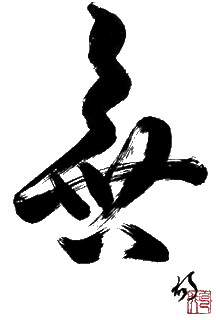 Pareidolia, first used in 1994 by Steven Goldstein, describes a psychological phenomenon involving a vague and random stimulus (often an image or sound) being mistakenly perceived as recognizable. Common examples include images of animals or faces in clouds, seeing the man in the moon, and hearing messages on records played in reverse. The word comes from the Greek para- – amiss, faulty, wrong – and eidolon – image, the diminutive of eidos – appearance, form.
Pareidolia, first used in 1994 by Steven Goldstein, describes a psychological phenomenon involving a vague and random stimulus (often an image or sound) being mistakenly perceived as recognizable. Common examples include images of animals or faces in clouds, seeing the man in the moon, and hearing messages on records played in reverse. The word comes from the Greek para- – amiss, faulty, wrong – and eidolon – image, the diminutive of eidos – appearance, form.
20061126
Pareidolia
 Pareidolia, first used in 1994 by Steven Goldstein, describes a psychological phenomenon involving a vague and random stimulus (often an image or sound) being mistakenly perceived as recognizable. Common examples include images of animals or faces in clouds, seeing the man in the moon, and hearing messages on records played in reverse. The word comes from the Greek para- – amiss, faulty, wrong – and eidolon – image, the diminutive of eidos – appearance, form.
Pareidolia, first used in 1994 by Steven Goldstein, describes a psychological phenomenon involving a vague and random stimulus (often an image or sound) being mistakenly perceived as recognizable. Common examples include images of animals or faces in clouds, seeing the man in the moon, and hearing messages on records played in reverse. The word comes from the Greek para- – amiss, faulty, wrong – and eidolon – image, the diminutive of eidos – appearance, form.
訂閱:
張貼留言 (Atom)

沒有留言:
張貼留言